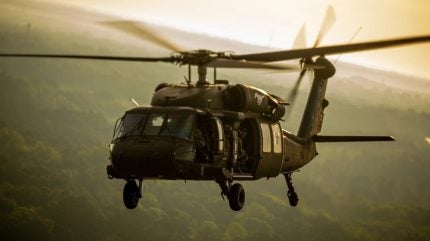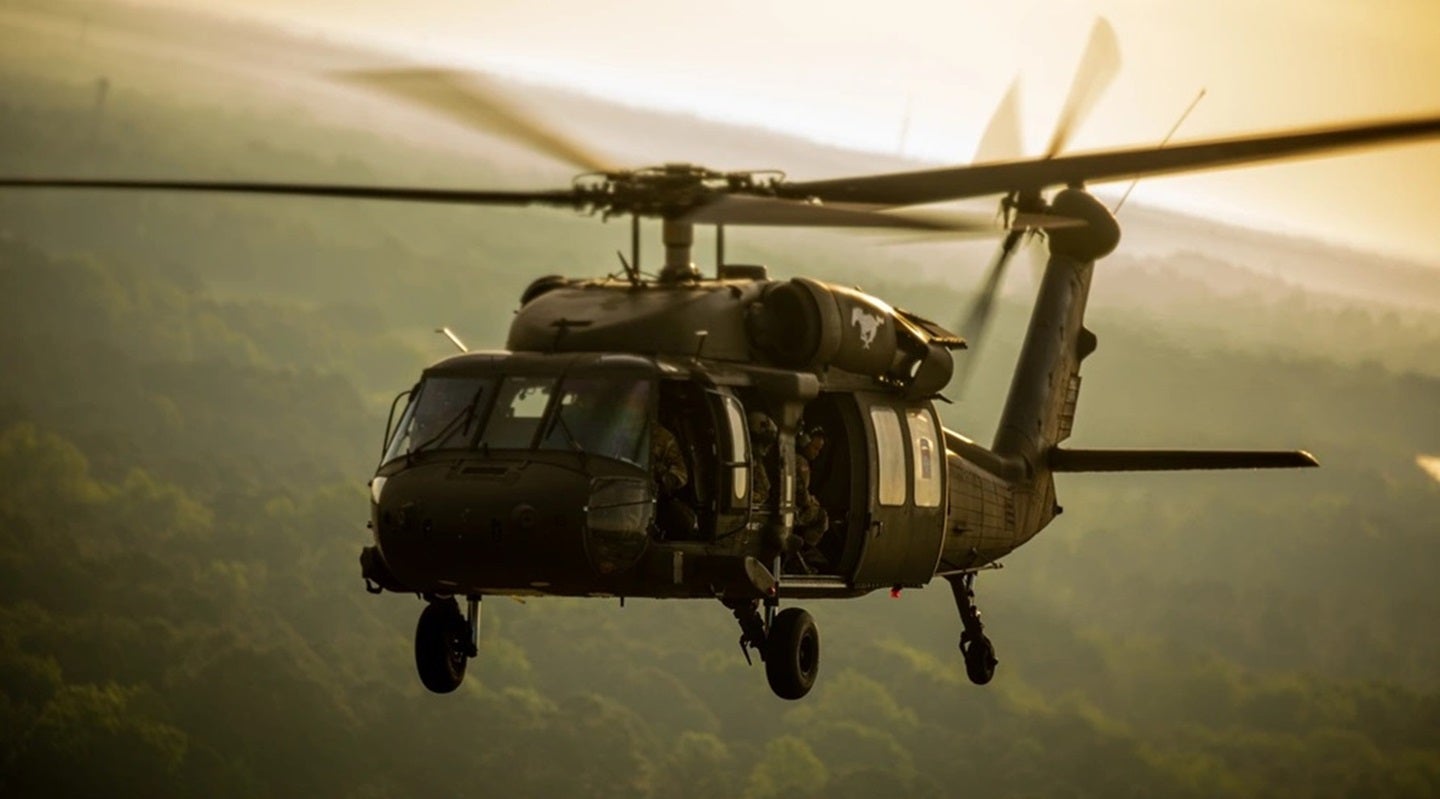
Several nations from across the former Soviet bloc, dotted around Central and Eastern Europe, may soon replace their legacy Mil helicopters with second-hand Black Hawks.
A spokesperson for the Helicopter Alliance discussed their ongoing efforts to facilitate the transition on 21 May, during the Helicopter Technology Central and Eastern Europe conference, presented by SAE Media, in Prague, Czech Republic.
The host nation is approaching the decommissioning period this year of some of its existing rotorcraft, some of which have been in active service as far back as 1988. These include their Russian-made Mil Mi-17 EC2 as well as the Mil Mi-8 PS and MT versions.
These legacy platforms face a range of operational difficulties, the spokesperson suggested, including “maintenance planning, limited spare parts, and basically no support from the OEM [original equipment manufacturer].”
Other nations in the region have already begun their transition to the American-made Black Hawk, such as Croatia, Lithuania, Poland, Romania, and Slovakia.
The Black Hawk family provides air assault, general support, aeromedical evacuation, command and control, special operations, and combat support operations.
Formed in 2023, the Helicopter Alliance is a holding company encompassing six entities across the Czech Republic, Slovakia and the United States.
In March 2025, Ace Aeronautics, one of the American companies steering the group, signed an agreement with Sikorsky, the original equipment manufacturer (OEM) of Black Hawk, to become an authorised customer support centre for the maintenance, repair, and overhaul of the enduring rotorcraft.
The Helicopter Alliance plan to acquire between 40-60 Black Hawks divested from the US Army. The company will then modernise and customise the units at Ace’s facility in Guntersville, Alabama for the European users – all while supporting the training of their personnel and maintainence of the rotorcraft for the rest of their life cycle, which will likely operate until 2070.
Cultivating this type of user community in Europe is an ambitious endeavour, and will prove more so when confronted with the costs of training European personnel in America.
Costs of training
While the global Black Hawk supply chain is widespread, with no shortage of parts that can be sourced from around the world, managing the training and logistics on such a vast geographic scale can come with financial costs and operational conditions.
During the conference, Nigel Amphlett, campaign director (special missions) at HeliOps, told Airforce Technology that it was his personal view that the location of services in a user community is key.
Sending European pilots for flying training in Florida, at the US Aviation Training Solutions facility, another US company in the Helicopter Alliance, not only comes with financial costs but it may also impact the conditions of training.
“Having spent months or years flying under [American] conditions, [pilots] become unaccustomed to European weather,” he said.
Instead, Amphlett commended the model used among participants of Nato Flight Training Europe, in which nations leverage each others’ training facilities in the same region.
HeliOps already offer helicopter support services to European companies in this way. Although based in the UK, the company provides support and trains European forces, such as the German Navy.
“I think the advantages of providing a European campus – where I believe HeliOps can contribute – is localising engineering and flying training together in one place and then providing a campus type arrangement where a number of users can effectively share the cost of that training,” Amphlett added.

